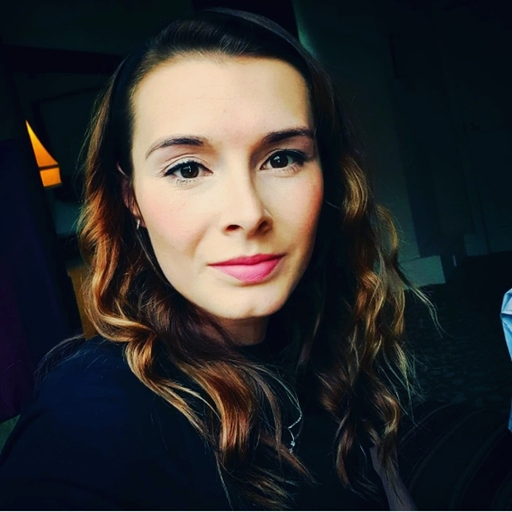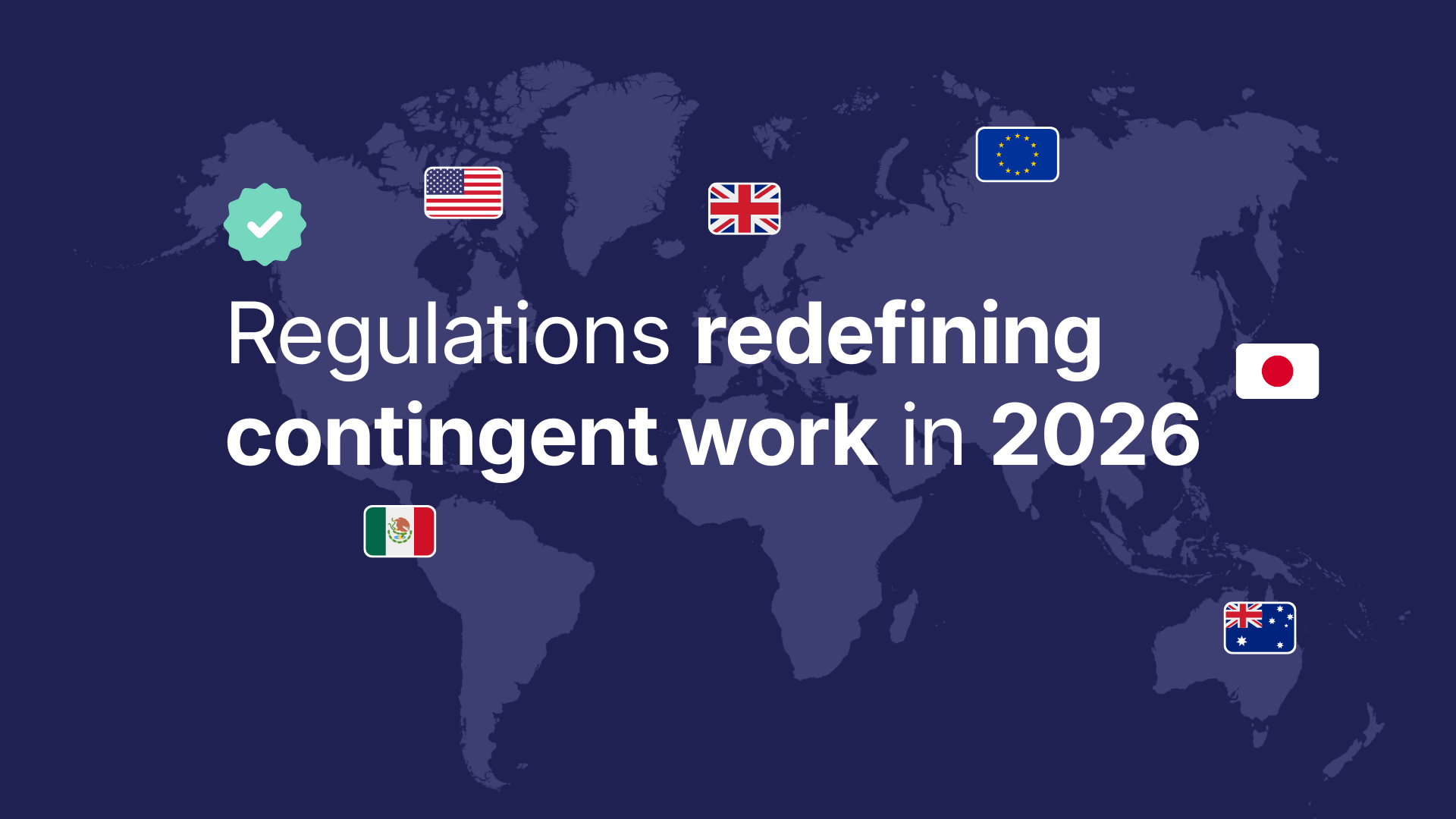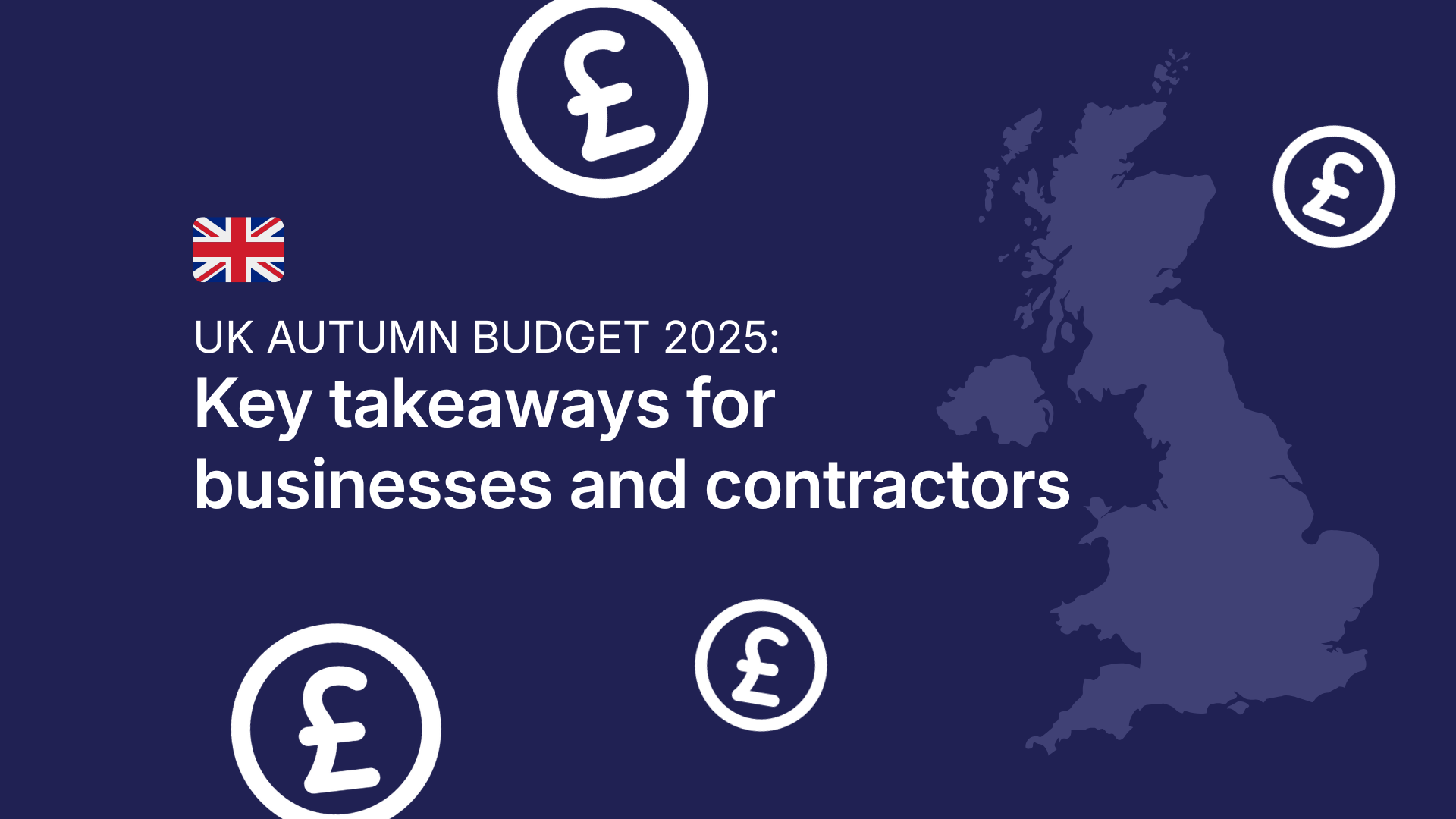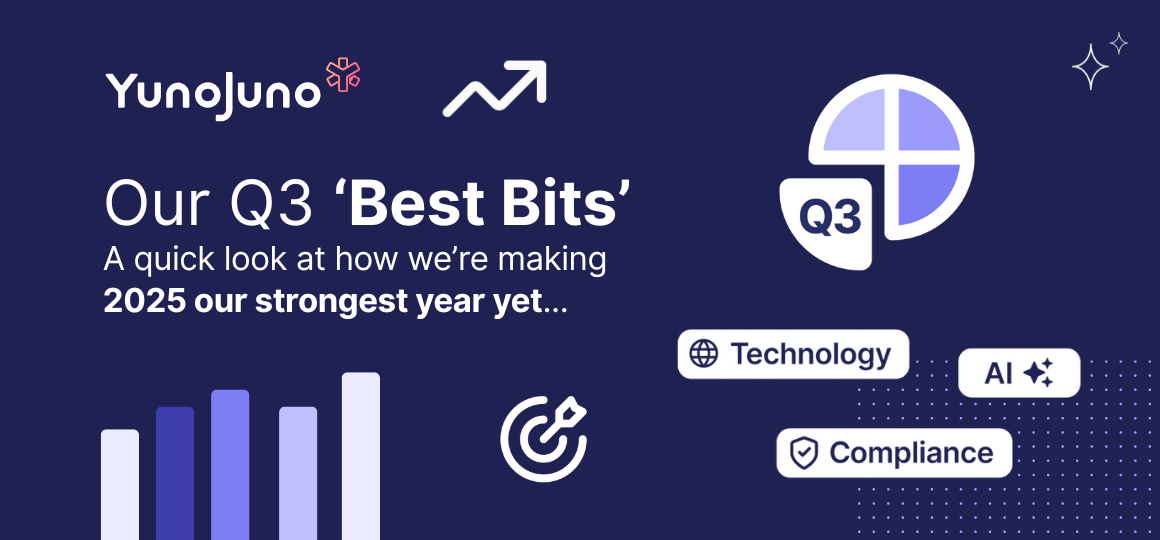We met with Rob Easthope, Front-end Developer to understand the best approach to building an eCommerce website, to understand what you need to consider and the kind of questions you should be asking to get the most out of your kick off conversations.
What considerations should a client take into account, for an eCommerce website build?
Similar to a non eCommerce website build, the infrastructure of an eCommerce website site is key, as this can determine the full build. However, there is much more to consider when it comes to building an eCommerce website.
Some considerations include:
- What type of product are you selling?
Digital products or a physical product? If you are selling physical products, then you will need to consider stock control. How will this be managed?
- How will the product(s) be displayed?
What information do you want to include? Dimensions, weight, descriptions etc.
- What do you want customers to be able to do on the site?
Do you want customers to be able to login to an account to access their order history?
- How will you take payments?
Will you also want to offer refunds?
The above not only impacts the build time, they also impact the look and feel of the site, This is important if you have an already defined brand, as these can further help to determine the platform the website is built on.
Depending on the size of the website, you may want to consider getting the opinion of a back-end developer as well as a strategist, as these are large projects. The more thinking and planning done up front helps the developer understand how the website should be built ahead of time, speeding up the process.
What questions would you ask a client in regards to the eCommerce website build?
What features would you like your website to have?
Once you’ve decided on what your site needs to achieve, you can plan out the different ways in which it will do so. The complexity and number of those features can then help determine the CMS you choose to build/host the website on.
What future do you see for the website?
Are there particular features you want or do you see the number of products you want to sell online increasing?
How often will you need to update the website?
How often will you need to update the website?
Will you want to be able to update and add products yourself, or will you want the Developer to handle this?
How will you handle maintaining the website?
Do you have a team that will take over the maintenance of the site? Or will you require ongoing maintenance from the developer?
These questions should be answered up front to help with the infrastructure of the build.
Features
Features are a really important part of an eCommerce build as these need to be fully understood, as some platforms may not support them. Really think about the future of your website and what you want it to do. Although you may not want everything from day one, you need to consider the longevity of the site as some platforms have locked in contracts, making it harder to move to alternatives.
Bear in mind, the more features you want, the longer it will take to deliver the site, especially if you add complexity to those features. For example, do you want the ability to offer discounts and vouchers? If so, do you want to be able to schedule these? Scheduling means you will need to store this information somewhere and adds more complexity to testing, taking longer to deliver your site.
Timelines
Once all the above has been thoroughly discussed and decided, you should be able to start agreeing some timelines for the build and milestones for the Developer. This will depend on several factors, including the features required. The more features, and the more complex those features, the more time it will take to build and test.
Before beginning the work, you may want to lay out these expectations in a project plan which can be referred to as the work proceeds. This can be added to the brief on YunoJuno to provide a handy reference point for the contract.
Then when you’re ready, hit that Book button on the YunoJuno Shortlist page and get cracking on the project!
Meet Rob
Rob is a creative front-end developer working on everything from SPA microsites to multilingual CMS integrated sites for global audiences. Whether he is setting up a tech stack from scratch or wading into a project in its final stretch, responsive design and clean code all come as standard.
______
Learn more about Development
______







